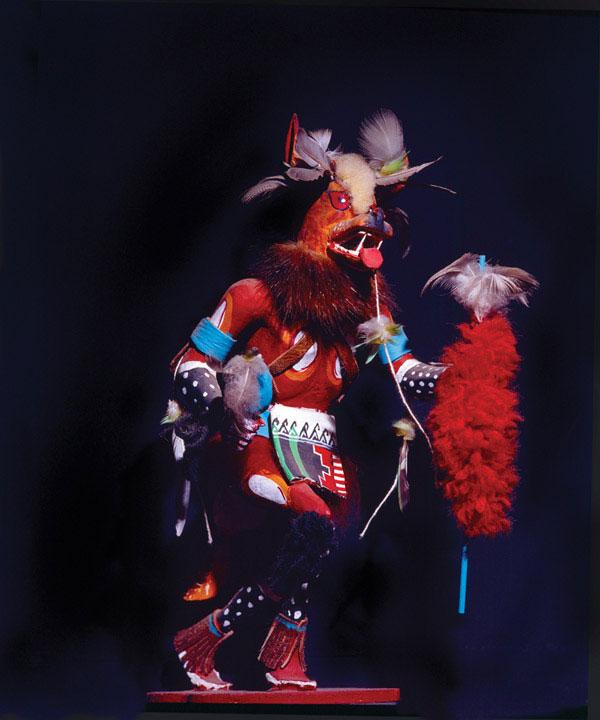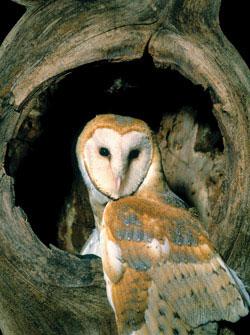|
Mar 04, 2024
|
Jul 16, 2021
|
Jan 21, 2014 |
First Published: Feb 01, 2014
|
Jan 22, 2014
|
Jan 21, 2014
|
Dec 18, 2013












